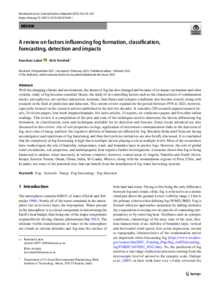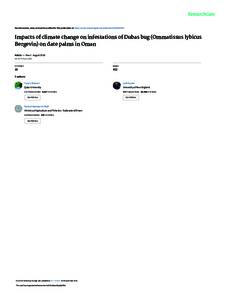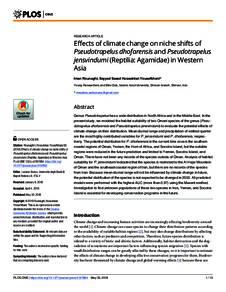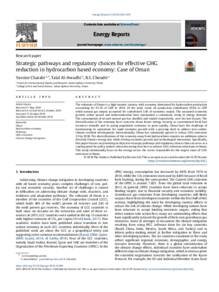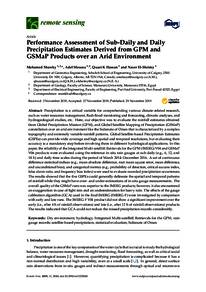وثيقة
A review on factors influencing fog formation, classification, forecasting, detection and impacts.
المعرف
DOI: 10.1007/s12210-022-01060-1
المصدر
Rendiconti Lincei. v. 33, 2, p. 319-353
المساهمون
Avishek, Kirti., مؤلف
الدولة
Germany.
الناشر
Springer Science and Business Media Deutschland GmbH.
ميلادي
2022-06-01
اللغة
الأنجليزية
الملخص الإنجليزي
With the changing climate and environment, the nature of fog has also changed and because of its impact on humans and other systems, study of fog becomes essential. Hence, the study of its controlling factors such as the characteristics of condensation nuclei, microphysics, air–surface interaction, moisture, heat fluxes and synoptic conditions also become crucial, along with research in the field of prediction and detection. The current review expands for the period between 1976 to 2021, however, especially focused on the research articles published in the last two decades. It considers 250 research papers/research letters, 24 review papers, four book chapters/manuals, five news articles, 15 reports, six conference papers and five other online readings. This review is a compilation of the pros and cons of the techniques used to determine the factors influencing fog formation, its classification, tools and techniques available for its detection and forecast. Some recent advanced are also discussed in this review: role of soil properties on fogs, application of microwave communication links in the detection of fog, new class of smog, and how the cognitive abilities of humans are affected by fog. Recently India and China are facing an emergence and repetitions of fog haze/smog and thus their policies initiatives are also briefly discussed. It is concluded that the complexity in fog forecasting is high due to multiple factors playing a role at multiple levels. Most of the researchers have worked upon the role of humidity, temperature, wind, and boundary layer to predict fogs. However, the role of global wind circulations, soil properties, and anthropogenic heat requires further investigations. Literature shows that fog is being harnessed to address water insecurity in various countries, however, coastal areas of Angola, Namibia and South Africa, Kenya, Eastern Yemen, Oman, China, India, Sri Lanka, Mexico, along with the mountainous regions of Peru, Chile, and Ecuador, are some of the potential sites that can benefit from the installation of fog water harvesting systems.
ISSN
2037-4631
قالب العنصر
مقالات الدوريات

